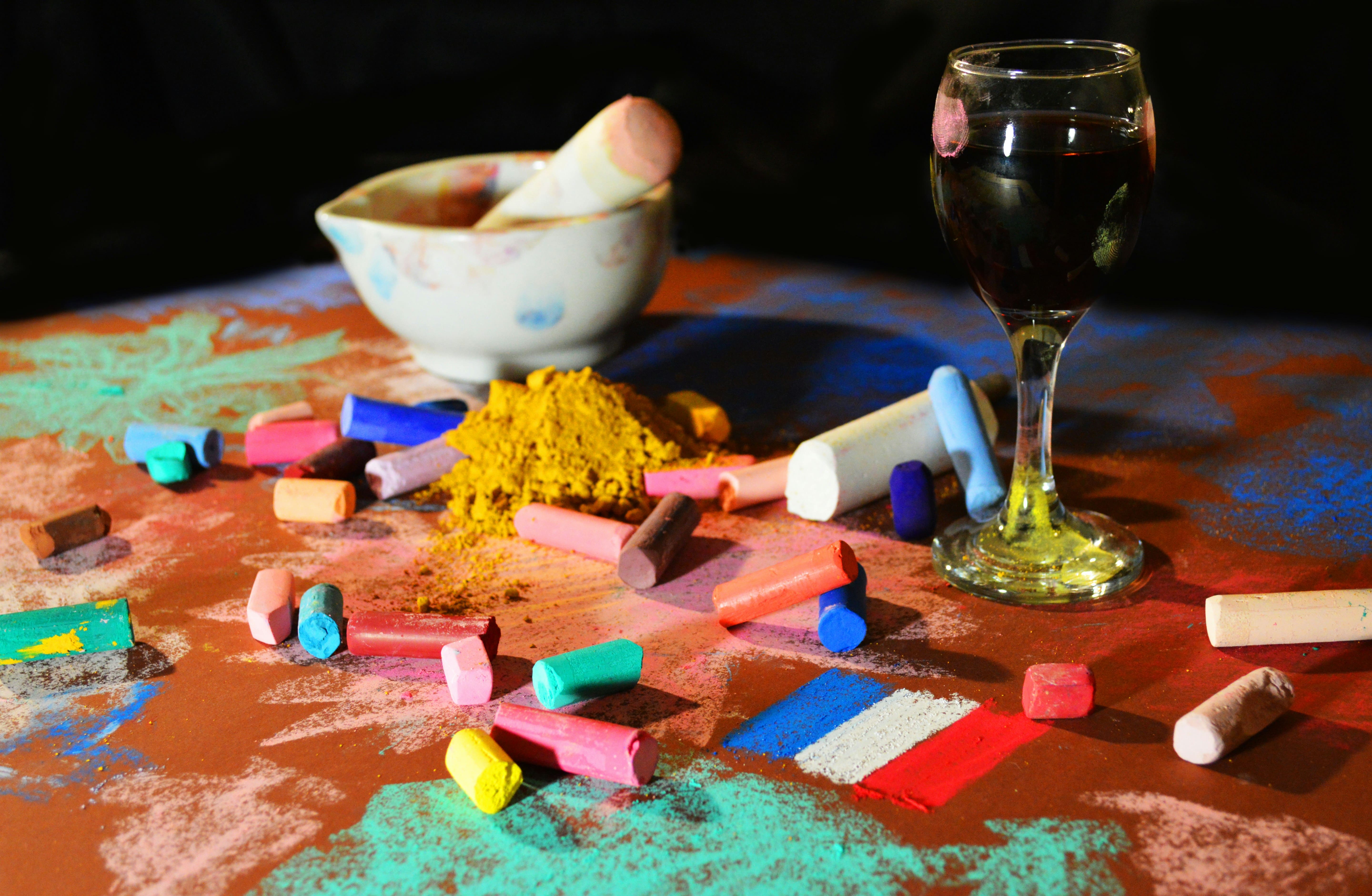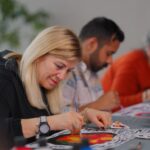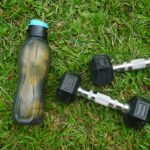Now Reading: Best Workouts for Addiction Recovery: Move Toward Healing and Sobriety
-
01
Best Workouts for Addiction Recovery: Move Toward Healing and Sobriety
Best Workouts for Addiction Recovery: Move Toward Healing and Sobriety
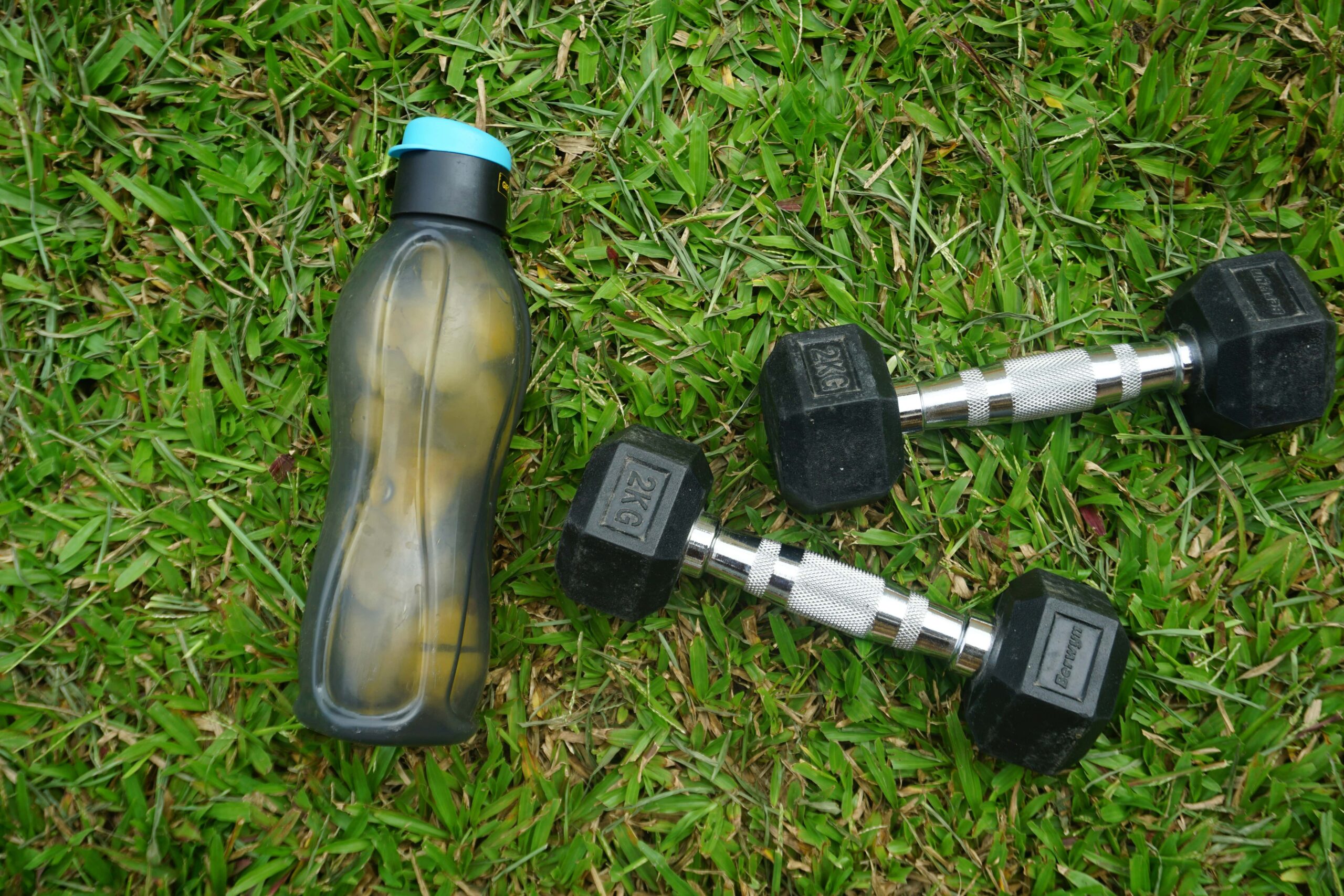
Addiction recovery is a deeply personal journey, and exercise plays a powerful role in it. More than just improving physical health, movement helps the mind and spirit heal. The best workouts for addiction recovery do more than build strength—they create routines, improve mood, and reduce cravings.
This article explores how specific types of exercise support recovery and how to choose the right workouts to fit your healing process.
Why Exercise Matters in Addiction Recovery
Exercise isn’t a cure for addiction. But when added to a recovery plan, it offers real benefits. According to a 2020 study published in Frontiers in Psychiatry, physical activity can significantly reduce substance use cravings and improve mental health outcomes during recovery (Wang et al., 2020).
Here’s why workouts help:
- Boost endorphins, the brain’s natural mood elevators.
- Reduce symptoms of depression and anxiety.
- Improve sleep quality and energy levels.
- Create structure and daily routines.
- Help form a healthy identity post-addiction.
Best Workouts for Addiction Recovery
Different types of workouts offer different healing benefits. Let’s explore some of the most effective ones.
1. Walking: Simple, Safe, and Grounding
You don’t need fancy equipment to start moving. Walking is a low-impact, accessible workout that helps reduce stress and anxiety.
- Why it works: Walking outdoors increases exposure to sunlight, boosting Vitamin D and improving mood. It also provides quiet time for reflection and mindfulness.
- Tip: Start with a 15-minute walk after meals. Over time, build up to 30–45 minutes daily.
2. Yoga: Reconnecting with Mind and Body
Yoga blends physical movement with breathing and mindfulness. This makes it one of the best workouts for addiction recovery, especially for emotional regulation.
- Why it works: A 2021 study found that yoga can reduce cravings and support long-term abstinence by improving self-awareness (Khanna & Greeson, 2021).
- Tip: Try beginner-friendly classes like Hatha or Yin Yoga. Consistency matters more than intensity.
3. Strength Training: Rebuilding Confidence
Strength training helps you feel strong—physically and emotionally. It empowers individuals in recovery to take charge of their health.
- Why it works: Lifting weights boosts dopamine levels, which helps repair the brain’s reward system impacted by addiction.
- Tip: Start with bodyweight exercises or resistance bands. Focus on progress over perfection.
4. Group Fitness Classes: Connection and Motivation
Isolation is a common challenge during recovery. Group workouts build a sense of community and accountability.
- Why it works: Being part of a fitness group or class offers emotional support. Shared goals reinforce motivation.
- Examples: Bootcamps, spin classes, CrossFit, or community wellness programs focused on recovery.
5. Martial Arts: Discipline and Emotional Release
Martial arts like Brazilian Jiu-Jitsu, boxing, or Muay Thai channel energy and emotions into structured movement.
- Why it works: These workouts teach discipline, focus, and self-control—key traits for staying sober.
- Tip: Look for studios that emphasize personal growth, not just competition.
6. Dance and Movement Therapy
Dancing is expressive and joyful. It allows emotional release, especially for those who struggle to express feelings verbally.
- Why it works: Dance therapy taps into the creative side of healing and supports emotional regulation.
- Tip: Join local Zumba or expressive dance sessions—or just move freely at home to your favorite music.

Creating a Sustainable Workout Routine
The best workouts for addiction recovery are the ones that you enjoy and can maintain. Here’s how to create a realistic and healing movement plan:
h3. Start Small
Don’t overcommit. Recovery is about balance. Begin with 2–3 sessions a week and increase gradually.
h3. Make It Enjoyable
Choose workouts that feel good. If you love being outside, hike or bike. If you love rhythm, try dance.
h3. Schedule Consistency
Add workouts to your daily routine like appointments. Morning exercise can set a positive tone for the day.
h3. Track Your Progress
Use a journal or app to record how you feel after each session. This reinforces the emotional benefits.
Fitness and the Brain in Recovery
Exercise impacts neurotransmitters like dopamine, serotonin, and endorphins—all of which are affected by substance use. According to the National Institute on Drug Abuse (NIDA), incorporating physical activity into treatment plans improves both mood and brain health (NIDA, 2023).
That’s why regular movement is more than fitness—it’s part of healing the brain’s pathways.
Final Thoughts: Movement as Medicine
Recovery is more than stopping the substance—it’s about rebuilding a life that supports sobriety. Movement offers a natural, healthy outlet to cope with stress, build confidence, and reconnect with the body.
Whether you walk, lift, dance, or stretch, each movement is a step toward healing.
The best workouts for addiction recovery aren’t about perfection or performance—they’re about progress, self-care, and the belief that you deserve to feel good in your own body again.
Sources:
- Wang, D., Wang, Y., Wang, Y., Li, R., & Zhou, C. (2020). Impact of physical exercise on substance use disorders: A meta-analysis. Frontiers in Psychiatry. Link
- Khanna, S., & Greeson, J. M. (2021). A Narrative Review of Yoga and Mindfulness as Complementary Therapies for Addiction. Substance Abuse: Research and Treatment. PubMed
- National Institute on Drug Abuse. (2023). Exercise and Substance Use Treatment. NIDA

Kevin Fletcher is a seasoned writer with over 10 years of experience crafting engaging and informative content in the health, fitness, and wellness industries. Passionate about helping readers live healthier lives, Kevin combines research-backed insights with practical tips to inspire positive change.

